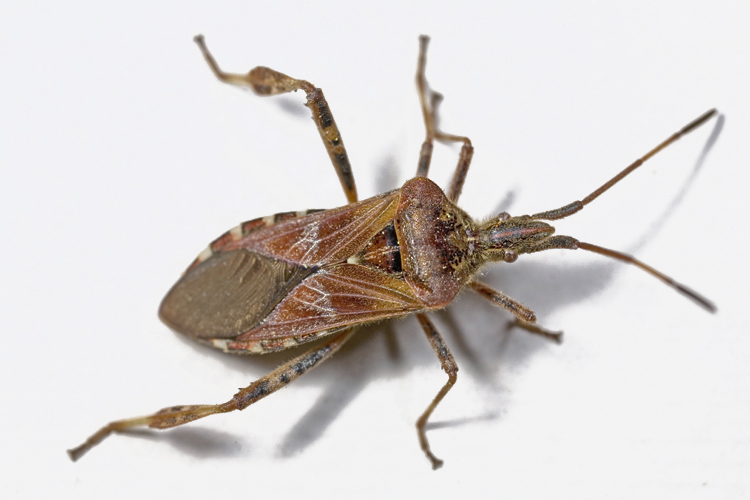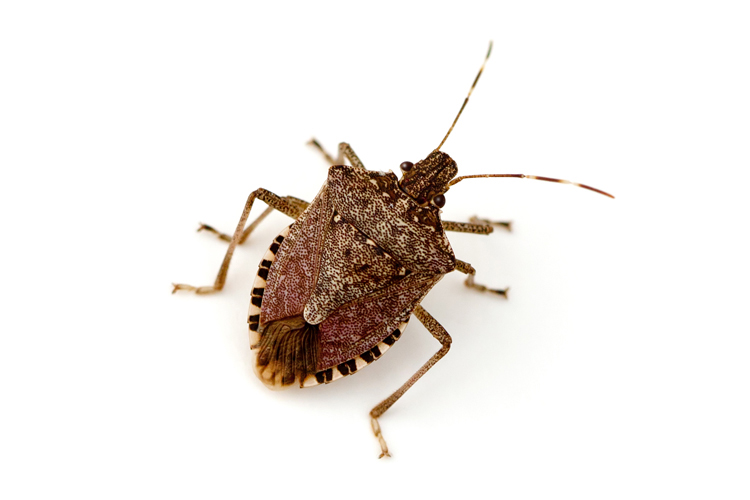I have often written about the tick life cycle, which is two years for black-legged ticks.
You might be surprised to know that there are more than 850 species of ticks throughout the world. We are unfortunate to have about 90 species living in the United States. And while we are familiar with deer ticks and dog ticks in Massachusetts, which transmit illnesses, many species do not pass on infection. However, that is not the only interesting tick fact you will find in this article.

The African tick that lived for 27 years, even without feeding.
Entomology Today recently posted an article about one tick species’ 27-year lifespan. The Argas brumpti is a soft tick, native to the drier climates in southern and eastern Africa. What is already known about this tick, is that it does not carry any known disease pathogens. However, the bite from the Argas brumpti can result in painful skin lesions, which are believed to be caused by a chemical anticoagulant in their saliva. One Binghamton University associate professor has studied a group of Argas brumpti ticks for more than four decades.
Julian Shepherd, Ph.D., has spent the last 45 years studying the Argas brumpti African tick. He created an ideal tick habitat in his lab, set at a sustained 69.8°F and 81% relative humidity. This study began in 1976 by chance, after Dr. Shepherd was given the ticks. Though unrelated to any of the research he was doing at the time, he made them the focus of anew study. And so it began. Unlike their disease-carrying counterparts, not much research had been done on this soft tick species.
In the early years of his study, Shepherd provided a blood meal food source for the ticks by way of rabbits. However, around the mid-1980’s, devoid of an available food source, he stopped feeding the ticks altogether. This began an eight-year starvation period – which they survived! Some of the first group of ticks lived for 27 years. Some of their descendants are alive still, aged 26 years. Shepherd believes this is, “apparently a record for any species of tick.”
At about the fourth year in starvation, the last male tick died. When Shepherd resumed feeding the female ticks, at least one produced a batch of fertilized eggs. While it was known that female ticks can store sperm until they obtain a blood meal to fertilize their eggs, it was only previously studied over a period of weeks. Shepherd’s study proves that these female ticks can still produce offspring by taking a blood meal four years after mating! If nothing else, the study provides proof that ticks are patient, resourceful, and exceptionally resilient.

Though his research is coming to a close, Shepherd is passing on his findings to South African researchers, who are studying the evolutionary development and diversification of ticks through DNA sequencing.
Follow my blog for more interesting tick facts, as well as tick-borne illness prevention information.


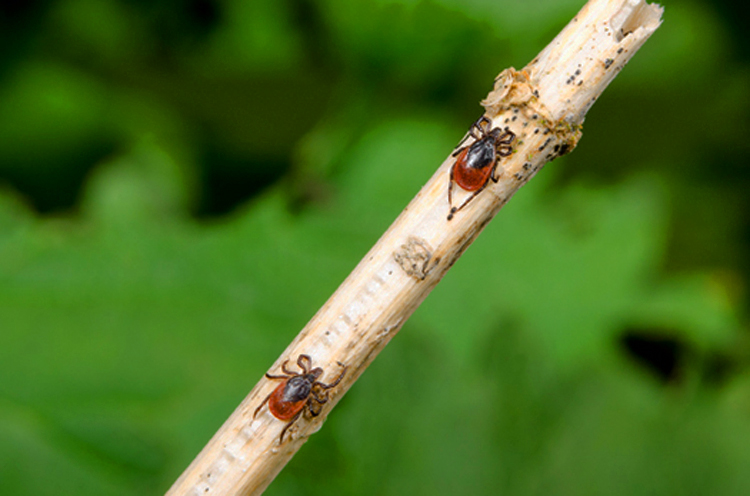
 The CDC also recommends augmenting your tick bite protection by treating your yard for ticks. Professional
The CDC also recommends augmenting your tick bite protection by treating your yard for ticks. Professional 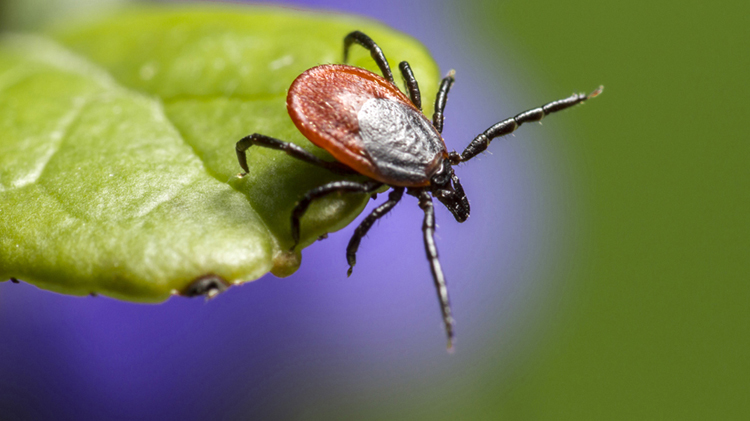
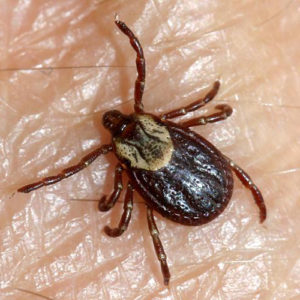


 Ticks are some of the most widely known dangerous pests to humans and our pets. Not unlike a mosquito bite, a bite from a disease-infected tick can result in sever illness and death. Many believe that ticks do not quest or bite in the winter, but this is untrue. For this reason, we must be sure to employ
Ticks are some of the most widely known dangerous pests to humans and our pets. Not unlike a mosquito bite, a bite from a disease-infected tick can result in sever illness and death. Many believe that ticks do not quest or bite in the winter, but this is untrue. For this reason, we must be sure to employ 
 As with COVID-19, we must take preventive measures in order to lower our chances of contracting Lyme disease. Unlike COVID-19, there is no Lyme vaccine for humans. Our prevention methods rely on tick bite prevention. The most important elements of prevention are personal tick protection and professional
As with COVID-19, we must take preventive measures in order to lower our chances of contracting Lyme disease. Unlike COVID-19, there is no Lyme vaccine for humans. Our prevention methods rely on tick bite prevention. The most important elements of prevention are personal tick protection and professional 
 Due to warmer winters in Massachusetts, ticks can and do quest even during the winter months. It is possible to be bitten by a tick in the fall and winter, and we should be concerned with ample protection during those months. Fortunately, reputable tick control professionals offer ‘out-of-season‘ methods of tick protection by way of
Due to warmer winters in Massachusetts, ticks can and do quest even during the winter months. It is possible to be bitten by a tick in the fall and winter, and we should be concerned with ample protection during those months. Fortunately, reputable tick control professionals offer ‘out-of-season‘ methods of tick protection by way of 

